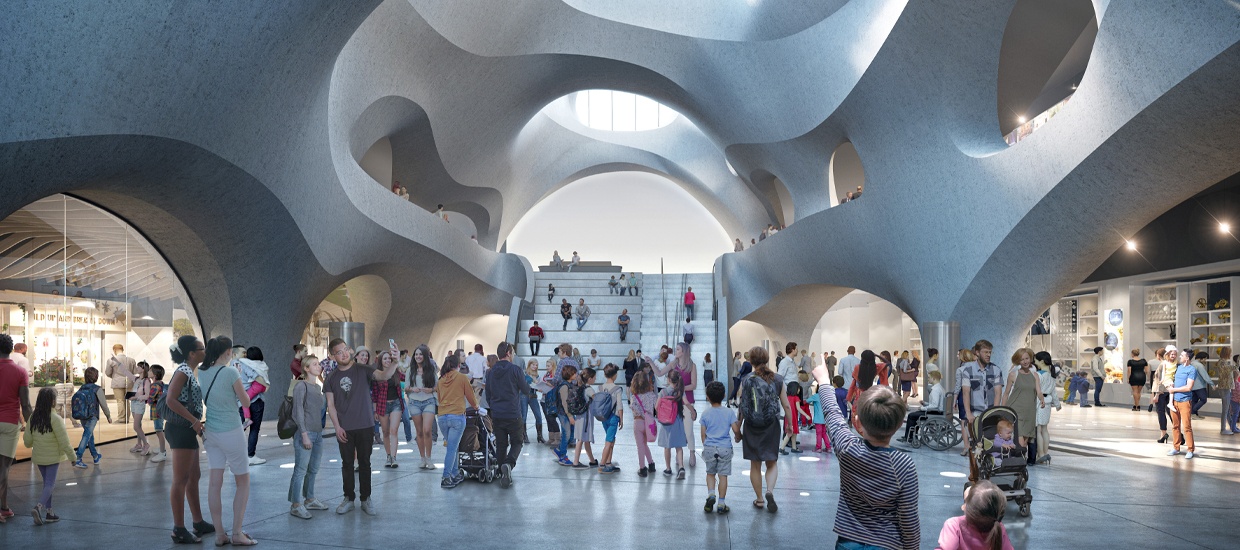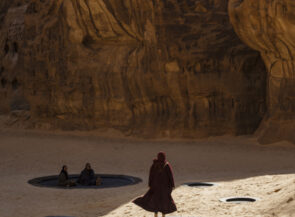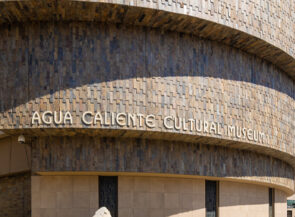This month, that prized specimen of Museumus northamericanus, the American Museum of Natural History, opens the formidable new Richard Gilder Center for Science, Education, and Innovation. The 230,000-square-foot building on the AMNH’s Manhattan campus not only introduces a range of immersive exhibits, it explicitly connects its 21st-century structure and installations with the history of an institution that debuted not long after Charles Darwin published On the Origin of Species.
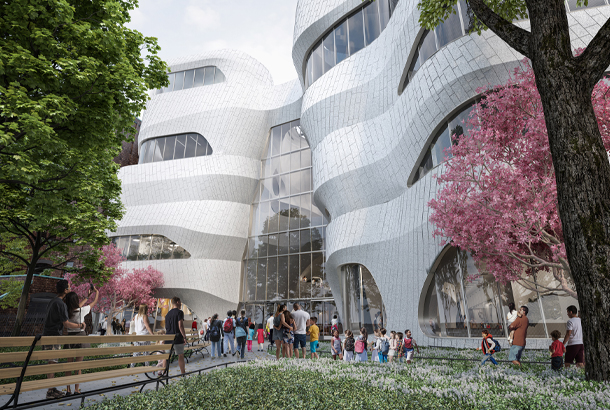
Unlike its 150-year-old coeval, the Metropolitan Museum of Art, the AMNH always has to negotiate the foundations of its subject. “We try to honor tradition without sticking to science that’s decades outdated,” says Lauri Halderman, the museum’s vice president for exhibition. Accordingly, architecture firm Studio Gang designed the Gilder Center to have 30 connection points to existing AMNH buildings, eliminating dead ends while embodying the core principle of unity among all living things. “The idea,” Halderman explains, “is to make it as if you’re in nature, walking through a canyon or other natural formation.”
Among the installations within are the Louis V. Gerstner, Jr. Collections Core, which features a three-story atrium where the visitor’s eye can rove across apertures dedicated to different disciplines—from vertebrates to invertebrates, paleontology to anthropology—as if scanning a table of contents in architectural form. A state-of-the-art visual experience called Invisible Worlds uses a hockey-rink-size space with a mirrored ceiling for 360-degree projections that plunge visitors into a sweeping voyage from the smallest to the largest ends of the spectrum of life on Earth. The 5,000-square-foot Susan and Peter J. Solomon Family Insectarium presents a massive array of audio and tactile experiences from the insect world, and the museum’s crowd-pleasing seasonal butterfly exhibit now moves into the permanent 3,000-square-foot Davis Family Butterfly Vivarium, in which any one of 80 species of free-flying butterflies might alight on your head.
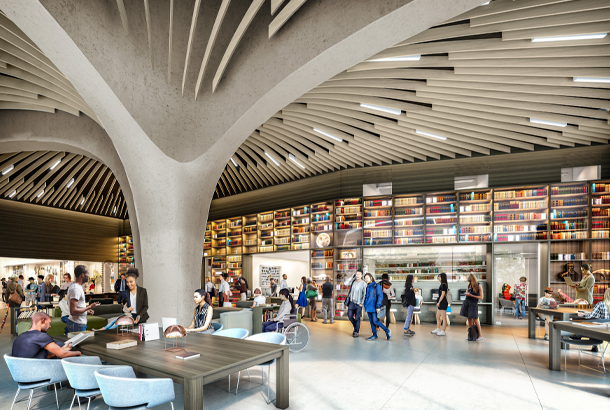
But old-school, diorama-loving fans need not fear a larger IMAX-ification of the AMNH. In a show of fidelity to the existing museum, Studio Gang reopened the original quarries that yielded the Gothic Revival main building’s Milford pink granite to source the stone for the Gilder Center’s facade. Even the new building’s seemingly nature-hewn shape draws from the institution’s history, as it was made using a scaled-up version of a diorama technique, shotcrete, invented by legendary AMNH taxidermist Carl Akeley. “There’s an unbroken chain between the people who created iconic dioramas in the Akeley Hall of African Mammals and the ones who created dioramas in the new Solomon Family Insectarium,” Halderman says. “They even still work in the same space.” Must they too deal with the same challenges—say, exhibits that come to life after dark? “It is a vexing problem,” Halderman admits. “You know, we just cannot seem to solve it.”
